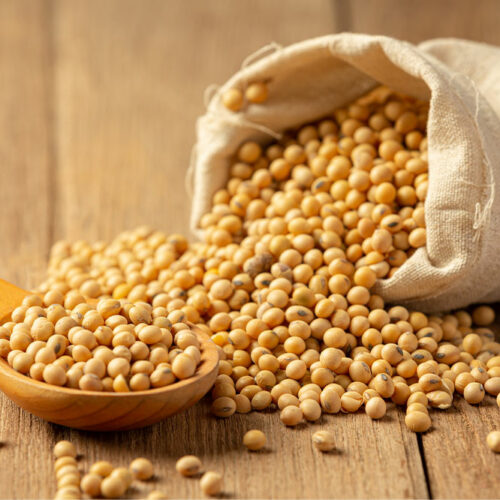4 healthy foods that help manage seizures

Studies suggest that there are ways to better manage seizures by making certain changes in food and lifestyle choices. Just like exercise is important for wellbeing, healthy food is important for the proper functioning of the body. This article lists certain foods that can help in decreasing the intensity, frequency, and/or duration of seizures Fluids Hydration is one of the key points to staying well and managing seizures better. Consumption of the right amount of fluids, especially water, is said to have a great impact on the health and lifestyle of patients that experience seizures. Additionally, it is also a crucial part of a balanced and nourishing diet. Keeping well hydrated ensures that the body and the blood have enough nutrients and oxygen to carry out their day to day functions and transfer nutrients to the brain and body without delay. Healthy fats Fats are often avoided in patients with health concerns as they are generally considered unsuitable with a healthy lifestyle. However, healthy fats or mono and polyunsaturated fatty acids are responsible for the increase in the amount of healthy or HDL levels in the body. Optimum level of healthy fats has an important part in the production and distribution of micronutrients, vitamins, as well as various hormones in the body.






